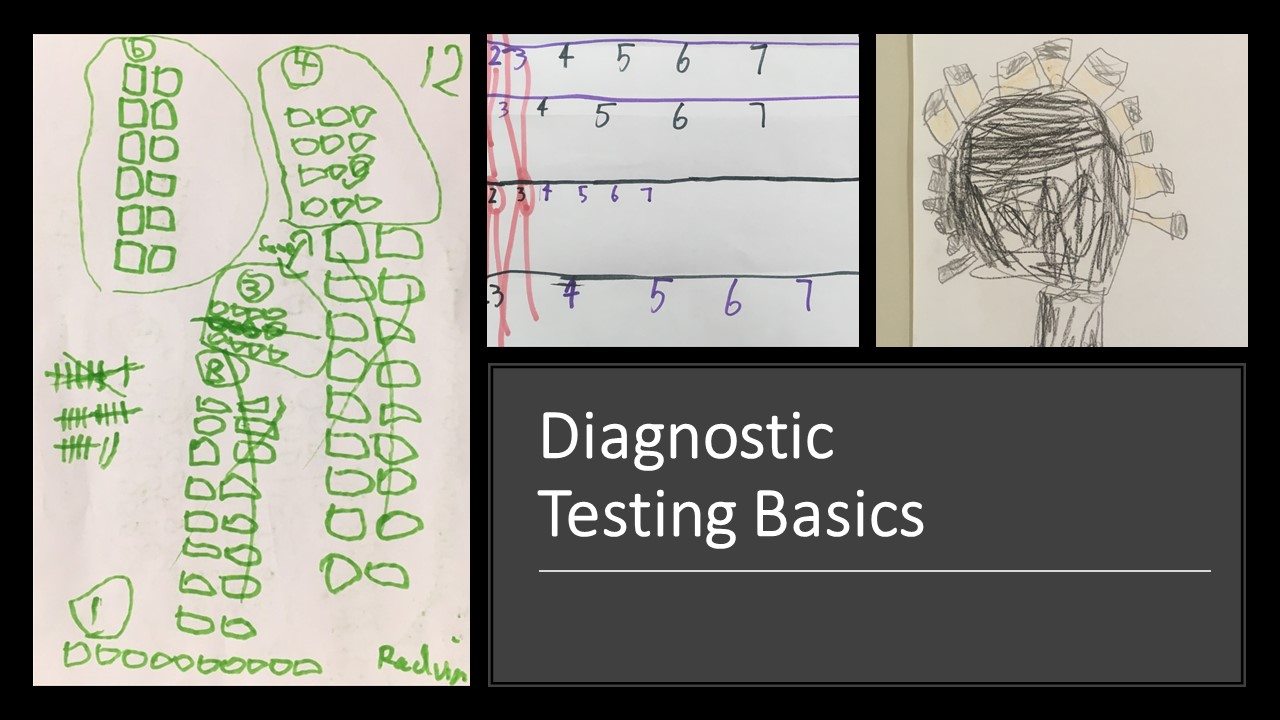
Formative assessment, developmental stages and starting the year well
The goal of formative assessment should always be to find out what each student NEEDS next, rather than focusing

Tierney Kennedy
A few years ago mathematician Terence Tao created a Polymath1 group to work on the Twin Prime Conjecture – a project where mathematicians collaborate together to solve vexing problems. As part of the approach, everyone agreed to immediately publish any progress on a problem before checking it rigorously for mistakes.
Despite the apparent problems inherent in publishing mistakes, the Polymath group managed to make major breakthroughs in mathematics research within only a few months…
On May 13th 2013, Yitang Zhang proved that the maximum gap between twin prime numbers (e.g. 11 and 13) was at most 70 million. By the 4th June, the Polymath group formed, and by 27th July the group had managed to reduce that gap to just 4680! In November, the gap was reduced to just 600 by James Maynard. Maynard then joined with the Polymath group, which ended by decreasing the bound to just 246 by Feb 2014.
“There’s an explicit license to be wrong in public,” Morrison said. “It goes against a lot of people’s instincts, but it makes the project much more efficient when we’re more relaxed about saying stupid things.”
After reading a number of comments on the Polymath group page, it is obvious that the people involved really do publish their thoughts before editing them3:
Breakthroughs always occur when we start with a seemingly “unsolvable” problem. A breakthrough is not needed when the solution is obvious or known. That means that the way forward is also not obvious, so experimentation is necessary almost by definition.
When we experiment with ideas, methods and conjectures, we are working out both what might work and also what won’t work. Our ideas will “fail” more often than not because we are trying something entirely new. We need to start thinking of wrong answers not as “failures”, but instead as disproving conjectures, or busting maths myths. What did the failure tell us? What can we use from that? What might work now?
Tao on the difficulty inherent in the polymath process:
“Great mathematicians make stupid mistakes, and this is a process that people often hide, because it is embarrassing.”[2]
At times we don’t want to admit when our idea is failing, so we keep pursuing the same path doggedly, and slowly. In situations like these, we often avoid evaluating the idea, or just end up taking a really long time to learn the lesson. Instead, perhaps we could implement an active evaluation process along the way that feels less “judgey”:
1 http://michaelnielsen.org/polymath1/index.php?title=Bounded_gaps_between_primes
2 https://www.quantamagazine.org/mathematicians-team-up-on-twin-primes-conjecture-20131119/
3 https://terrytao.wordpress.com/2014/09/30/the-bounded-gaps-between-primes-polymath-project-a-retrospective/

The goal of formative assessment should always be to find out what each student NEEDS next, rather than focusing
Recently I’ve been pondering findings from a major report into Australian schooling that kids who are struggling in maths by
Developing algorithms is an important area in AC9, and one that is new to many teachers.But what does it mean
Organising your classroom can be tricky, especially when behaviour is an issue. Here are two layouts that I find work,

Extension can be a tricky issue to deal with. While we can try to have extension questions for most in-class
Setting the scene for risk-taking One of the most difficult problems to overcome when establishing a problem-based classroom is encouraging

KENNEDY PRESS PTY LTD
FOR ALL ENQUIRIES, ORDERS AND TO ARRANGE PD:
© COPYRIGHT 2024 KENNEDY PRESS PTY LTD ALL RIGHTS RESERVED TERMS & CONDITIONS